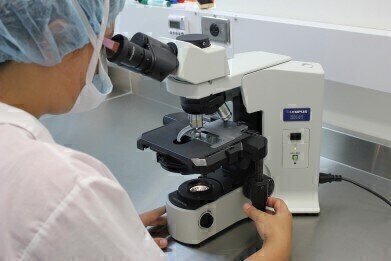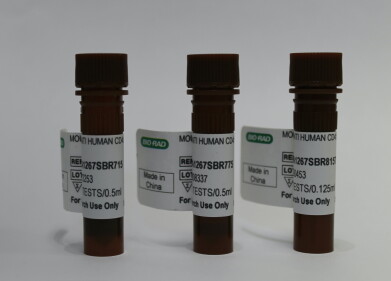Laboratory Products
What Do Drug Discovery Approaches Have in Common?
Mar 21 2021
In the past, the process of drug discovery and development in the UK was something of a trial-and-error endeavour, with chemists, biologists and physicians feeling in the dark for ways to overcome various illnesses and maladies. Indeed, some of the most important drug discoveries in history took place almost accidentally, with Alexander Fleming’s breakthrough regarding penicillin in 1928 a notable case in point.
These days, drug discovery has changed over the years, with scientific and technological advancements playing an ever-increasing role in how pharmaceutical companies operate. But despite the highly individualised approach that each research team takes to the particular drug they are investigating, the basic process follows many of the same components. These are elucidated in further detail below.
Target identification and validation
The process begins by identifying the cells most susceptible to a particular disease or malady which requires treatment, then validating those cells. The next stage will then involve isolating a lead compound which could serve as a viable candidate for the drug in question. This part of the process is particularly difficult, since only one in every 10,000 compounds which are tested will eventually make it to market.
It has, however, been greatly aided by the advent of DNA sequencing in the 1970s. This paved the way for research into biological molecules at the atomic level, with disciplines such as genomics, proteomics and transcriptomics proving to be useful in the hunt for target identification. The article Rethinking Oncological Drug Discovery with Advances in Analytical Proteomics Technology is helpful in clarifying some of the most recent breakthroughs in this area for interested parties.
Animal model testing and clinical trials
After identifying relevant candidates for treating an ailment, researchers must quantify the candidate’s toxicity levels to ensure it is safe. They will also concern themselves with hit identification and lead optimisation, which again can be a cumbersome and time-consuming process. Thankfully, the automation of multi-omics workflows for drug discovery and toxicology can expedite this part of the process by delegating much of the legwork to machines.
After it has been cleared for use in animal model testing and emerges without any serious side-effects on the test subjects, it will enter clinical trials. These are generally conducted on a three-phase basis, after which all of the evidence from the trials will be collated and presented to the relevant licensing body (the Medicines and Healthcare Products Regulatory Agency (MHRA) in the UK) for approval to enter the market.
Digital Edition
Lab Asia 31.2 April 2024
April 2024
In This Edition Chromatography Articles - Approaches to troubleshooting an SPE method for the analysis of oligonucleotides (pt i) - High-precision liquid flow processes demand full fluidic c...
View all digital editions
Events
InformEx Zone at CPhl North America
May 07 2024 Pennsylvania, PA, USA
May 14 2024 Oklahoma City, OK, USA
May 15 2024 Birmingham, UK
May 21 2024 Lagos, Nigeria
May 22 2024 Basel, Switzerland







.jpg)










